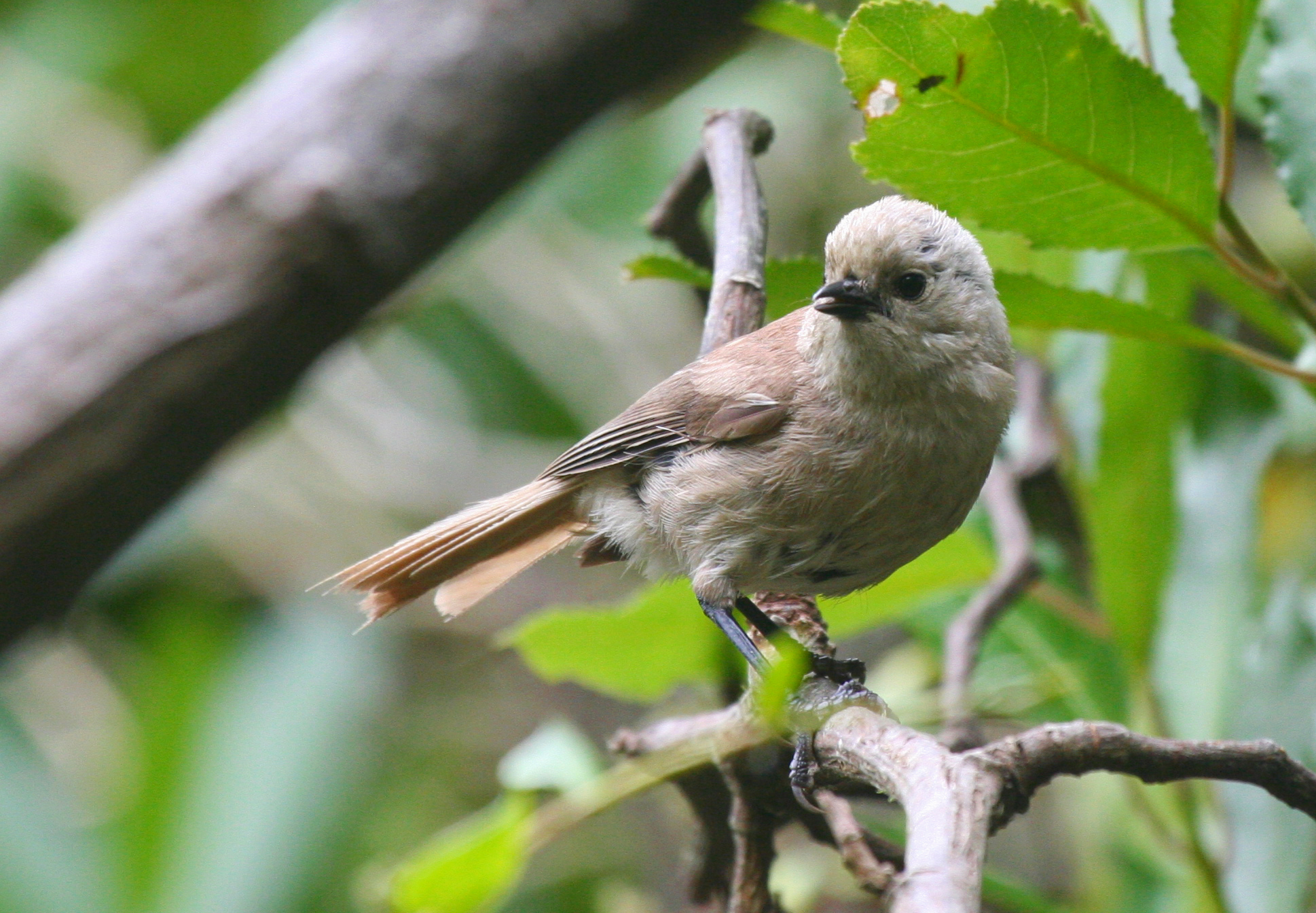Northland Temperate Kauri Forests
The ecoregion’s land area is provided in units of 1,000 hectares. The protection goal is the Global Safety Net (GSN1) area for the given ecoregion. The protection level indicates the percentage of the GSN goal that is currently protected on a scale of 0-10. N/A means data is not available at this time.
Bioregion: New Zealand (AU1)
Realm: Australasia
Ecoregion Size (1000 ha):
3,000
Ecoregion ID:
173
Protection Goal:
29%
Protection Level:
9
States: New Zealand
Ancient kauri trees (Agathis australis) are epic, living up to 2,000 years and reaching 50 m in height and 6 m in diameter. Two species of giant carnivorous Kauri snails (pupurangi, Paryphanta spp.) hunt in the kauri forest understory along with the nocturnal North Island kiwi (Apteryx australis mantelli). Northland forests are the warmest in New Zealand.
_resized.jpg)
The flagship species of the Northland Temperate Kauri Forests is the Kauri. Image credit: Flickr, itravelNZ (CC by 2.0 DEED)
Kauri trees dominate ridge tops and infertile soils, while broadleaf forests grow in the more fertile valleys where one can find tanekaha (Phyllocladus trichomanoides), towai (Weinmannia silvicola) and hinau (Elaeocarpus dentatus). Rimu (Dacrydium cupressinum), thin-barked totara (Podocarpus hallii), miro (Prumnopitys ferruginea), and kohekoe (Dysoxylum spectabile) are common podocarps in these forests. Endemic plants such as Hydatella inconspicua, Lycopodium serpentium, Thelypeteris confluens, and Cryptostylis subulatus are locally threatened. Over 620 vascular plant species with at least 60 endemic taxa. Many rare, endemic, and threatened species occur on offshore islands, such as the Three Kings Islands and the Poor Knights Islands, including the monotypic Elingamita genus, Pennantia baylisiana, and Tecomanthe speciose.

Whitehead. Image credit: Wikipedia, Roger South (CC by 2.0)
Fantails (Rhipidura fuliginosa), North Island robins (Petroica australis longipes), whitehead (Mohoua albicilla), tuis (Prosthemadera novaeseelandiae), and kereru, or New Zealand wood-pigeon (Hemiphaga novaeseelandiae ) can be found in this region, as well as the endangered North Island kokako (Callaeas cinerea) in the Waipoua forest. The endangered takahe (Porphyrio mantelli), critically endangered kakapo (Strigops habroptilus), and North Island saddleback (Philesturnus carunculatus) have been relocated from the mainland to predator-free offshore islands. Endemic invertebrates include the kauri and flax snails (Placostylus spp.). Two native bats species, the New Zealand long-tailed bat (Chalinolobus tuberculatus) and the lesser short-tailed bat (Mystacina tuberculata), are the only native mammals in New Zealand. Endemic frogs include the primitive Hochstetter’s frog (Leiopelma hochstetteri) and Archey’s frog (L. archeyi). Ten lizard species include Macgregor’s New Zealand skink (Oligosoma macgregori), moco ground skink, and Oliver’s New Zealand skink. All three are restricted to offshore islands.

New Zealand pigeon. Image credit: Flickr, Duncan (CC BY/SA 2.0 DEED)
Much of the kauri forest has been lost due to logging and clearance, from an original 12,000 to only 800 square kilometers. The Department of Conservation protects all the remaining kauri forests on Crown lands. The Waipoua Forest Sanctuary and the Waipoua Kauri Management and Research Area harbor the largest tracts of kauri forests, protecting around 130 square kilometers of land. Three Ramsar sites (the Whangamarino, Kopuatai Peat Dome, and the Firth of Thames) protect some of the last wetlands which have been widely disturbed and drained for grazing in the ecoregion. Invasive rats, stoats, and brush-tailed possum (Trichosurus vulpecula) pose a major threat to native birds and invertebrates and browse native plants. Kauri dieback is a fungal disesase of kauri trees that has impacted populations. Alien plants are especially rampant in the warmer Northland climate, examples are wild ginger (Hedychium garderianum), cordgrass (Spartina alterniflora), mistflower (Ageratina riparia), and wandering Jew (Tradescantia fluminensis).
Priority conservation actions for the next decade
- Strengthen efforts to restore predator-controlled, wildfire-controlled mature kauri forests where they still occur.
- Continue efforts to manage predator-free offshore islands to protect threatened and vulnerable native birds, reptiles, amphibians, and invertebrates
- Continue kiwi protection programs from threats such as dogs and roadkill.
-
-
- Burns, BR, JR Leathwick. 1996. Vegetation-environment relationships at Waipoura Forest, Northland, New Zealand. New Zealand Journal of Botany 34(1):79-92.
- Given, D. 1995. Northland. Pages 507 – 509 in S. D. Davis, V. H. Heywood and A. C. Hamilton. editors. Centres of Plant Diversity. Volume 2. Asia, Australasia, and the Pacific. WWF/IUCN, IUCN Publications Unit, Cambridge, UK.
- Wardle, P. 1991. Vegetation of New Zealand. Cambridge University Press, Cambridge, United Kingdom.
-


